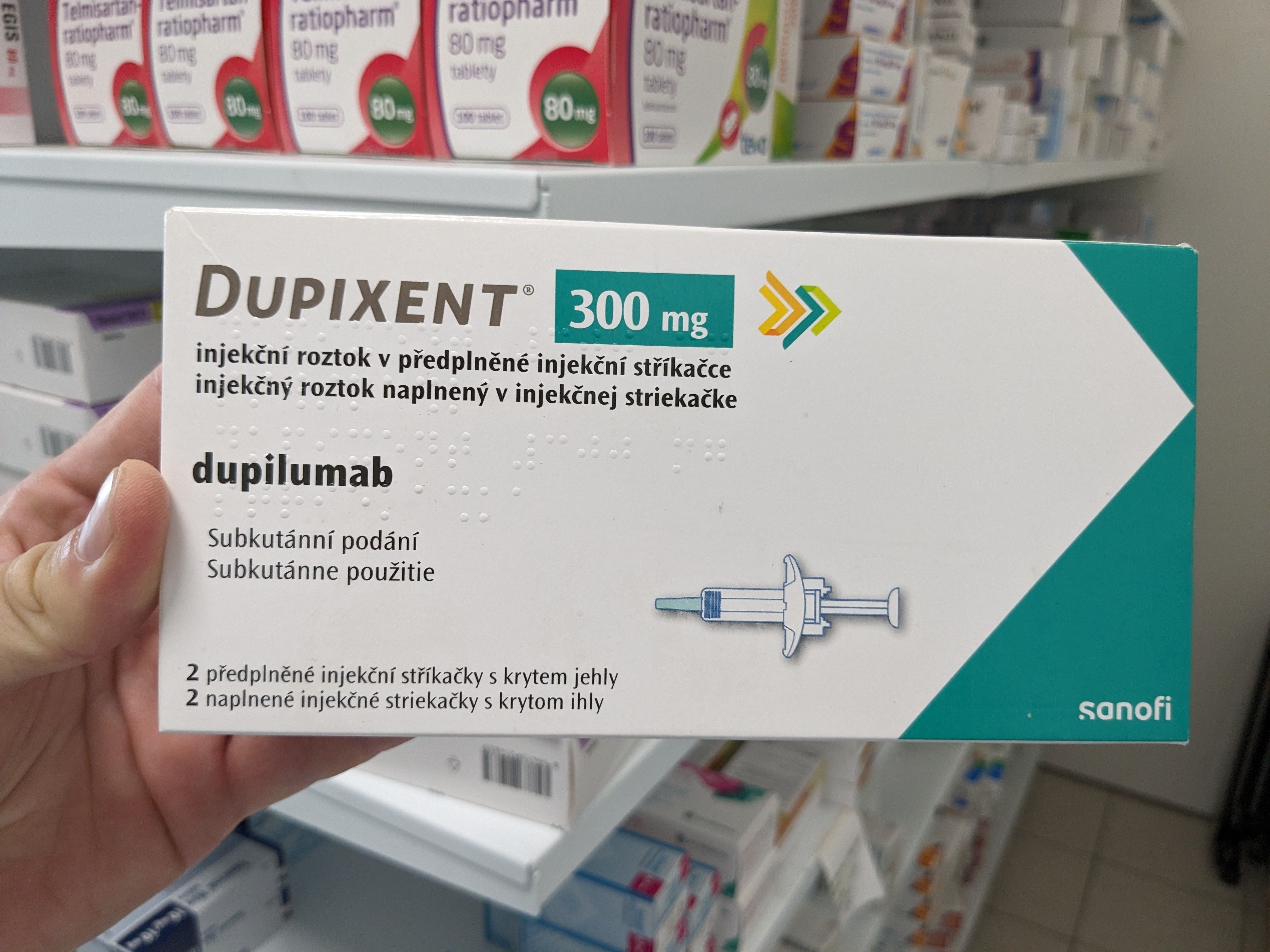Article
Neighborhood Disadvantage May Be Important Predictor for ASCVD Risks, Study Finds
Author(s):
Neighborhood disadvantage may be an important determinant of the risks of major atherosclerotic cardiovascular disease (ASCVD)—related events, according to a new study.
Neighborhood disadvantage may be an important determinant of the risks of major atherosclerotic cardiovascular disease (ASCVD)—related events, according to a new study.
A study recently published in Annals of Internal Medicine assessed the relationship between socioeconomic status and the occurrence of major ASCVD-related events through an analysis of the Cleveland Clinic Health System. All patients in the study were white or African American, had at least 1 outpatient lipid panel performed between January 1, 2007, and December 31, 2010, and were older than 35 years old when their blood was first drawn.
“[ASCVD] remains the leading cause of death for most Americans,” the authors explained. “Even modest reductions in cardiovascular health disparities have the potential to substantially improve the health and well-being of socioeconomically challenged populations.”
Of the 109,793 patients in northeastern Ohio who met the criteria for the study, the researchers found that the American College of Cardiology/American Heart Association Task Force on Practice Guidelines’ Pooled Cohort Equations Risk Model (PCERM) underpredicted the ASCVD risk in patients from disadvantaged communities. Additionally, those in areas with a high neighborhood disadvantage index were more likely to be black, have slightly higher average blood pressure, more likely to be prescribed antihypertensive medication or statins, and were more likely to have coronary artery or peripheral vascular disease.
“In this large retrospective cohort study, we found that PCERM performance worsens among patients living in resource-challenged neighborhoods and that neighborhood disadvantage accounts for more than 3 times the amount of geographic variability in major ASCVD event rates compared with one widely accepted risk assessment tool for atherosclerotic disease (PCERM),” the authors wrote.
The study determined that a greater understanding of the determinants of ASCVD outcomes is necessary to predict an individual’s risks. Current understand assumes clinical indicators predict risk and can be used to inform clinical decisions.
“Although it may be the case that the relationships between traditional risk factors and outcomes are different among persons from socioeconomically challenged neighborhoods, an alternative or perhaps additional explanation is that this ‘clinical—physiologic’ model for understanding disease progression, risk, and outcomes is incomplete,” the authors concluded.

Dupilumab Treatment for Patients With CSU: Insights From Jason Hawkes, MD, MS



